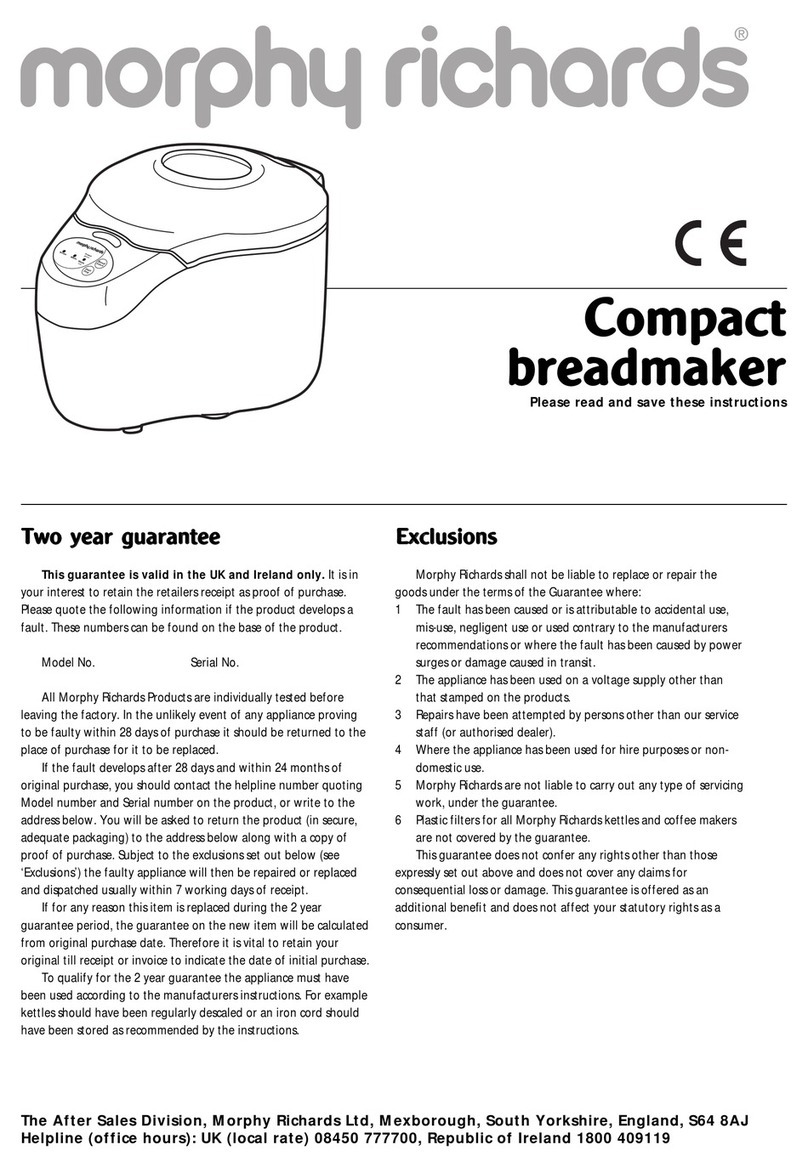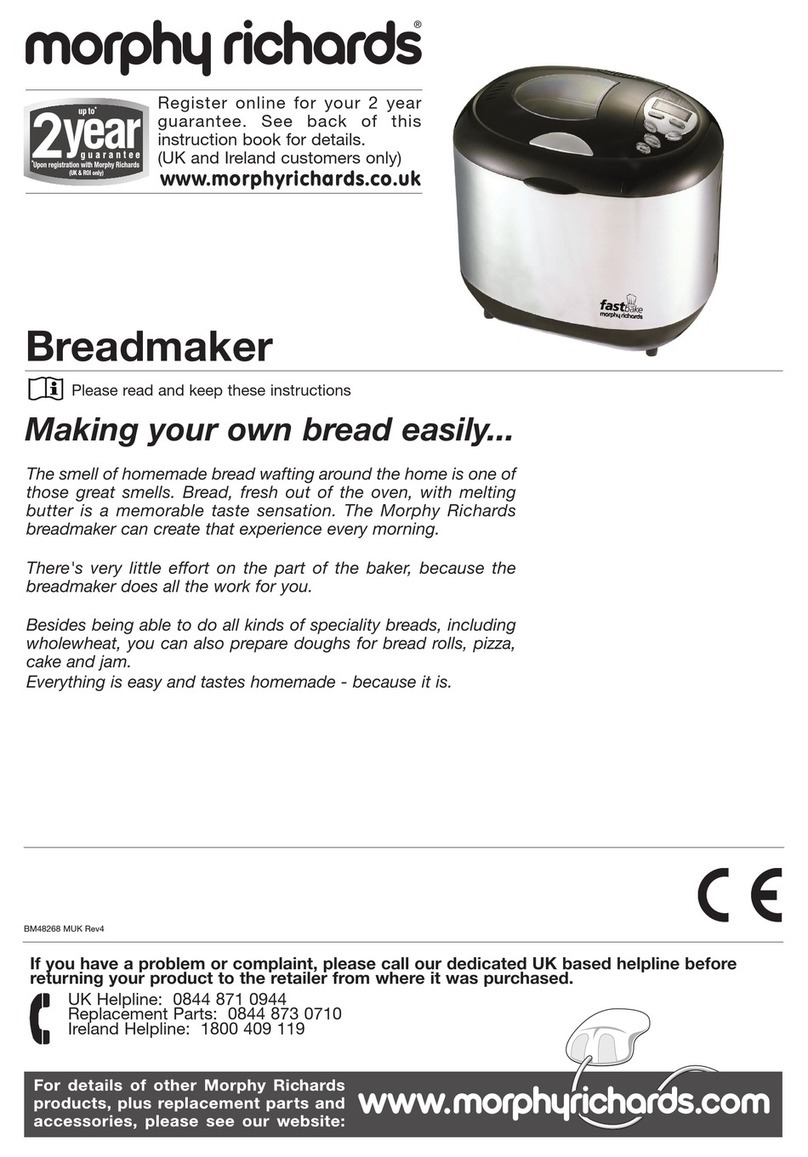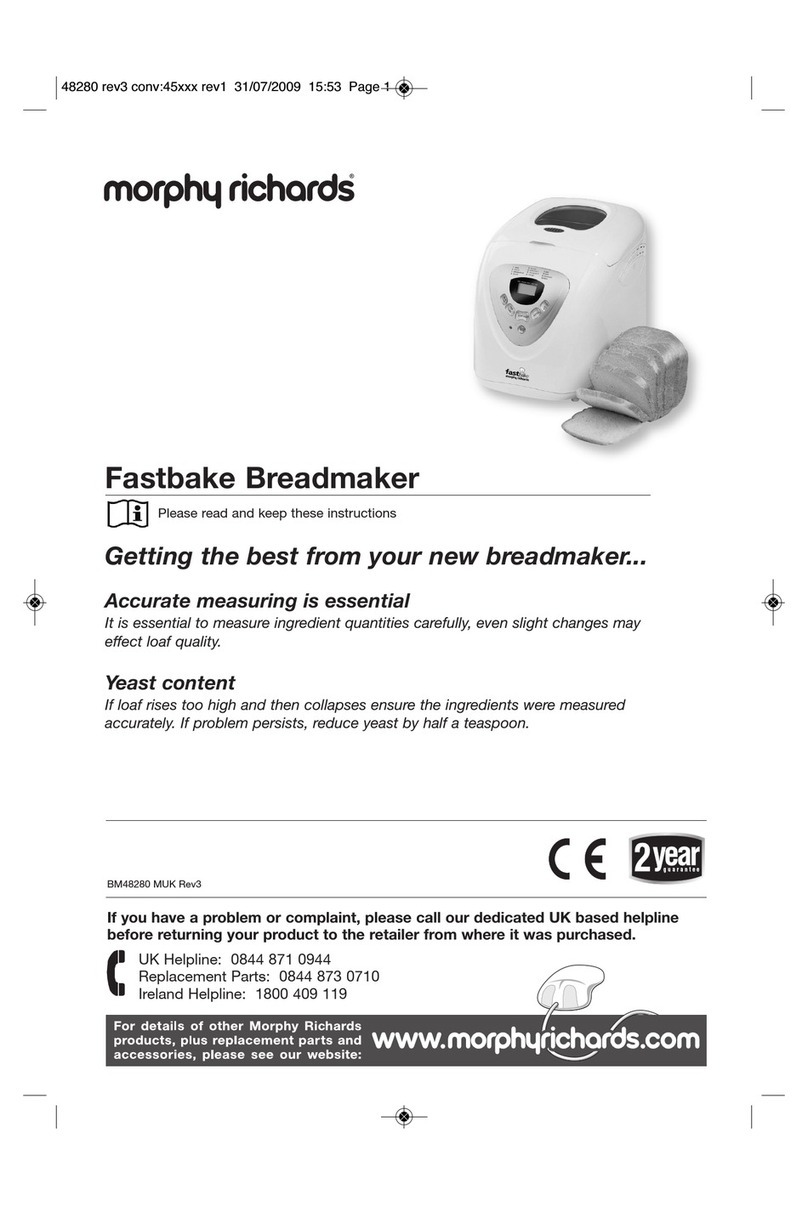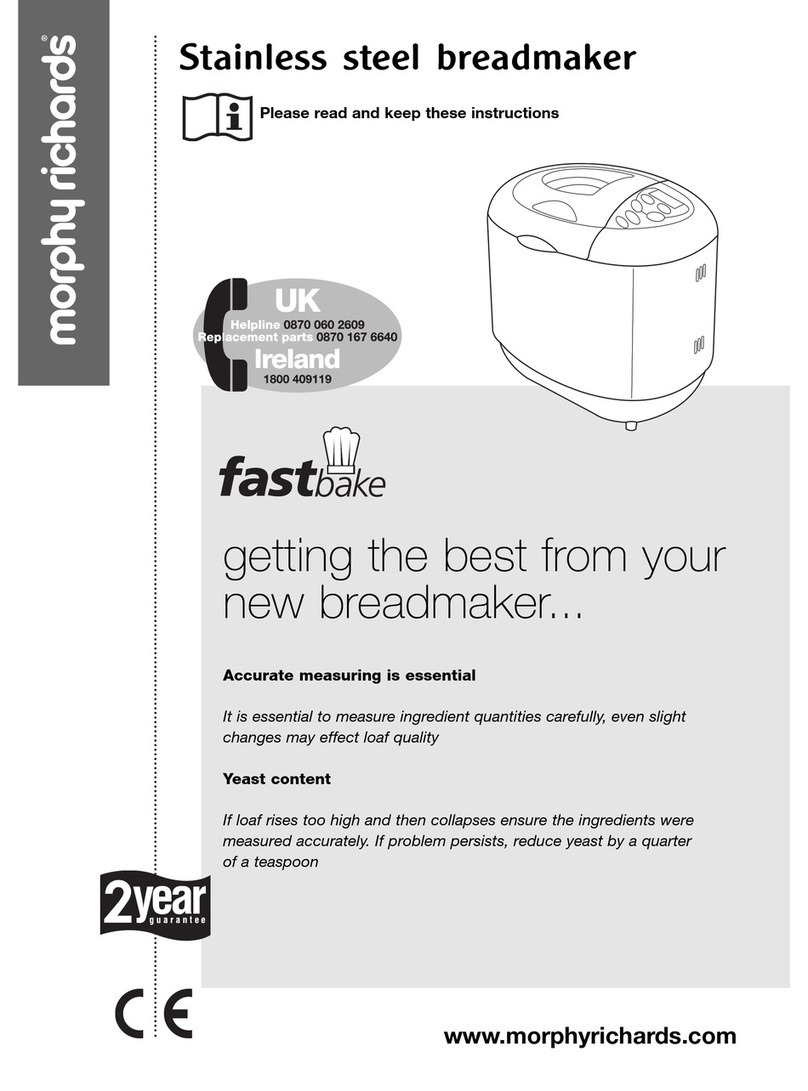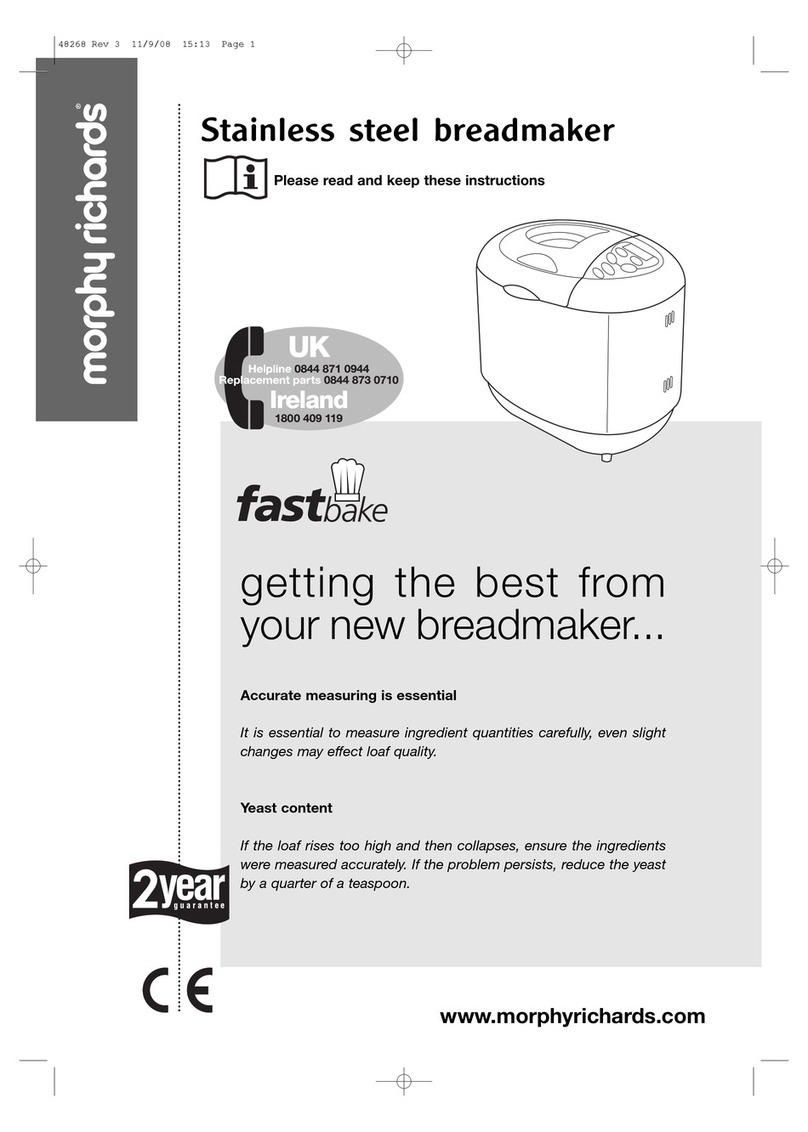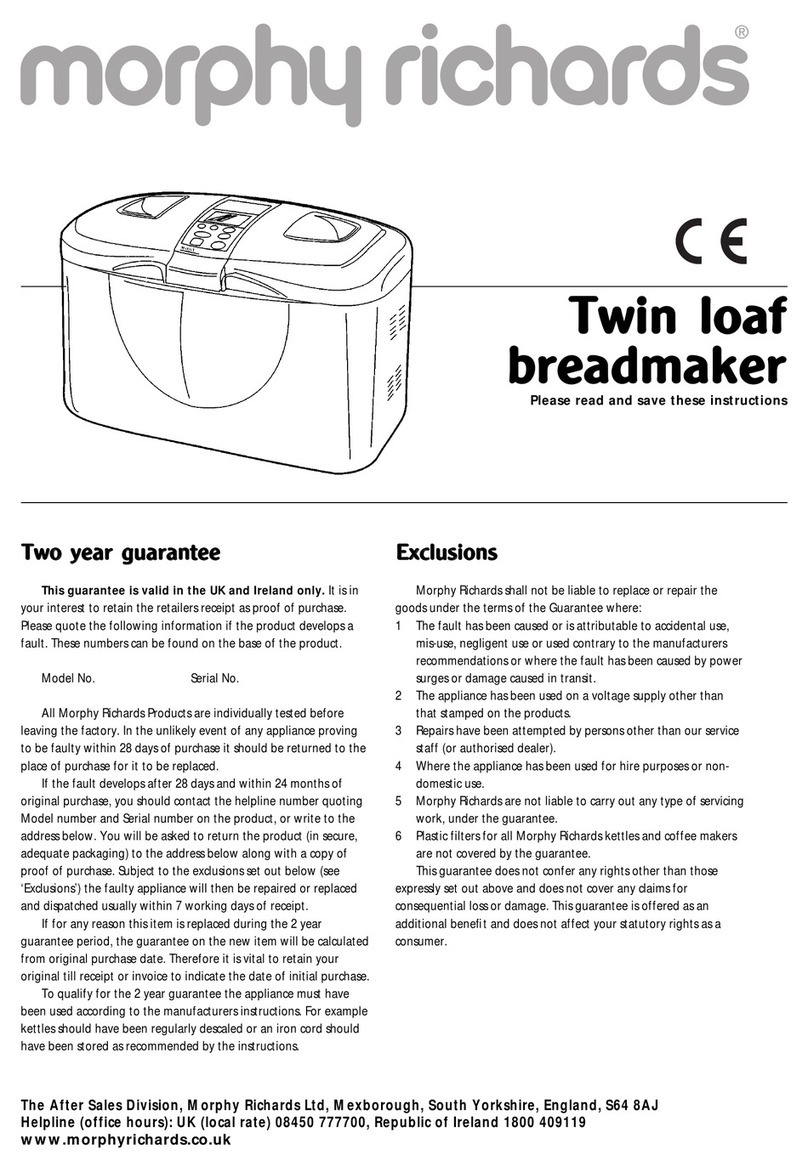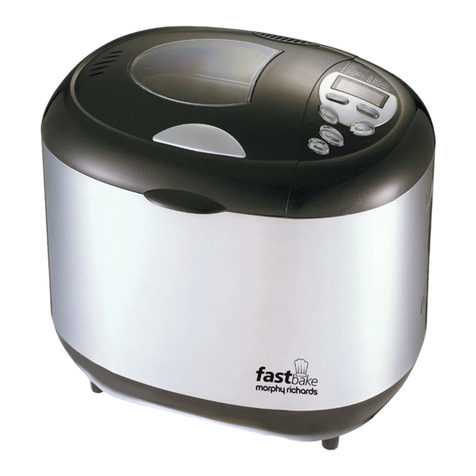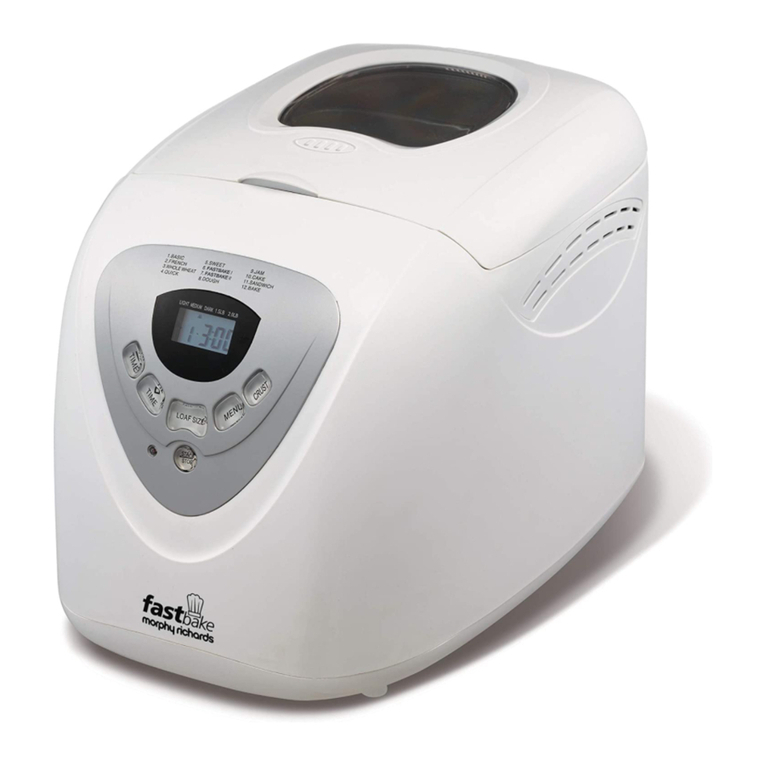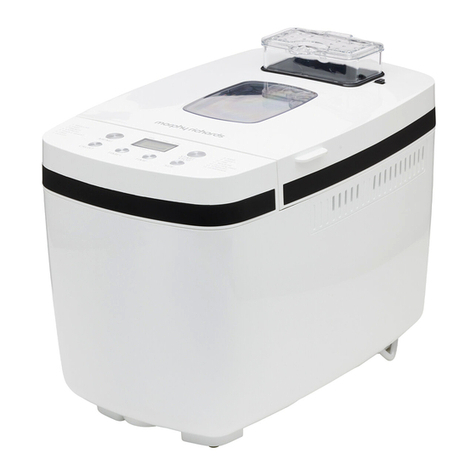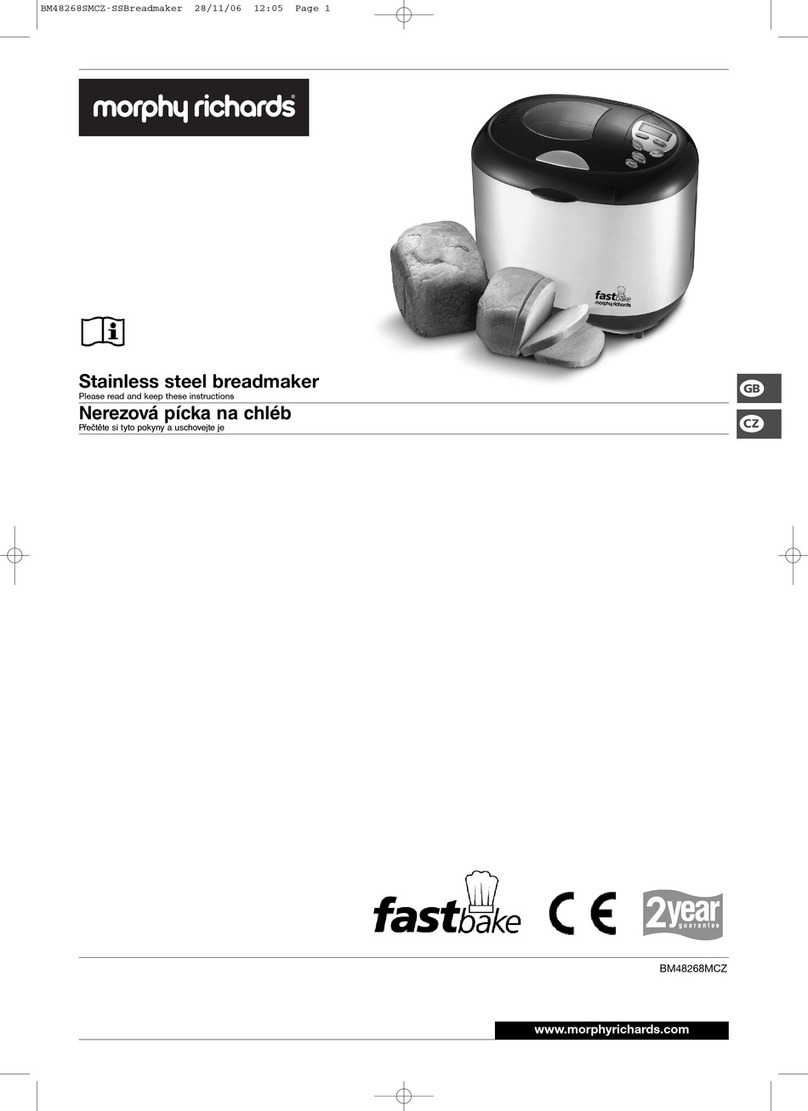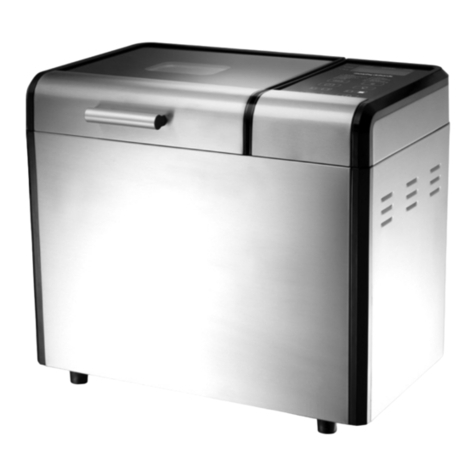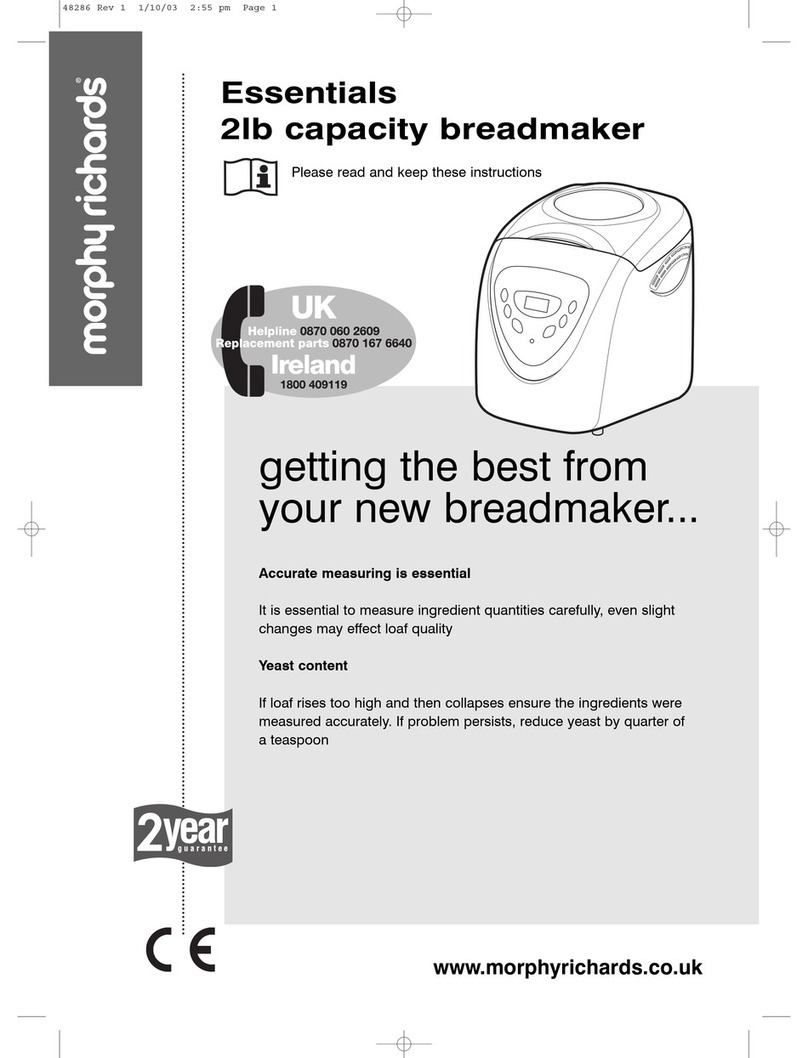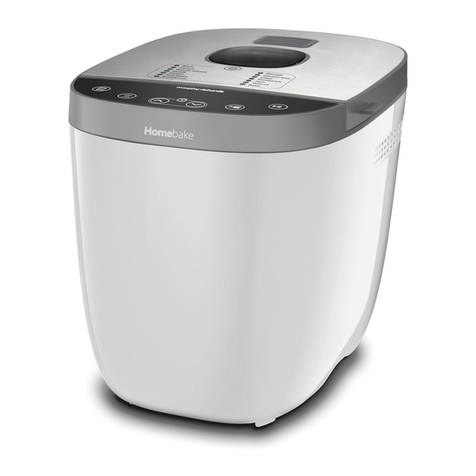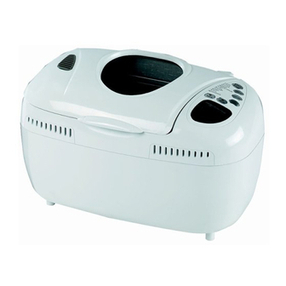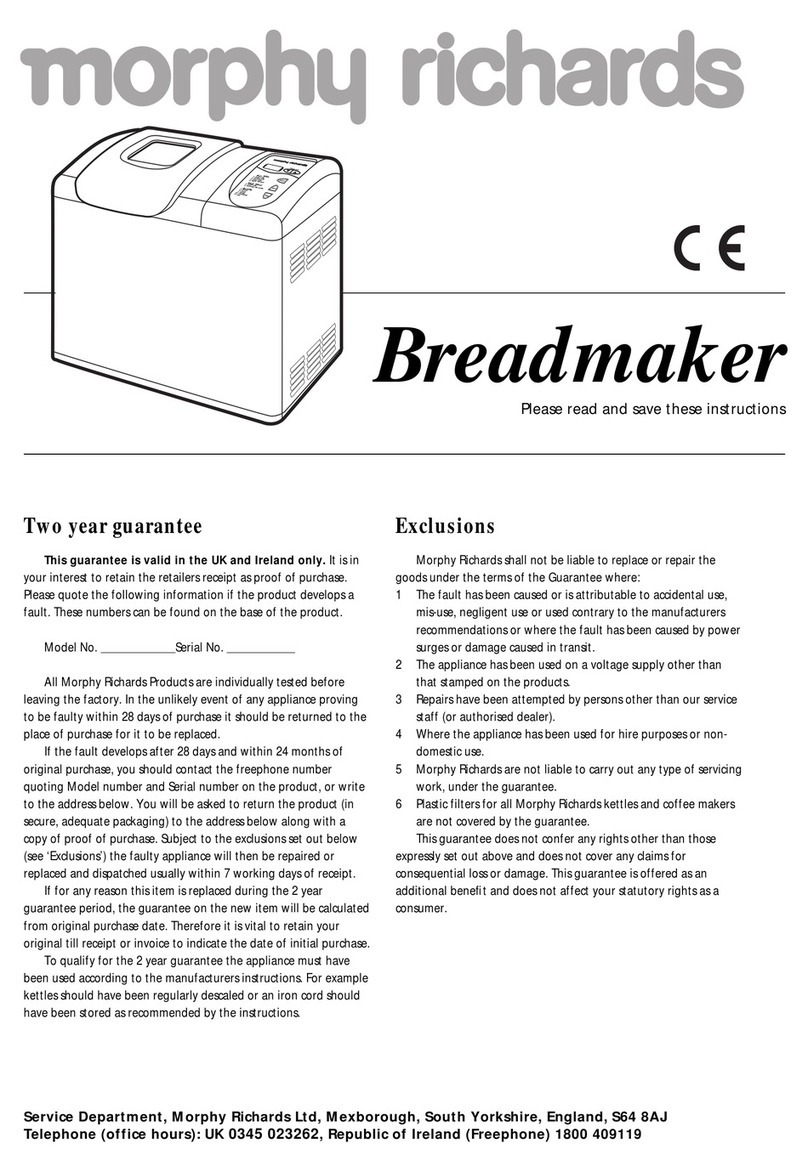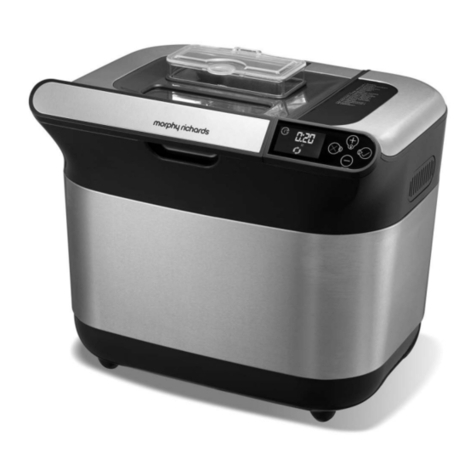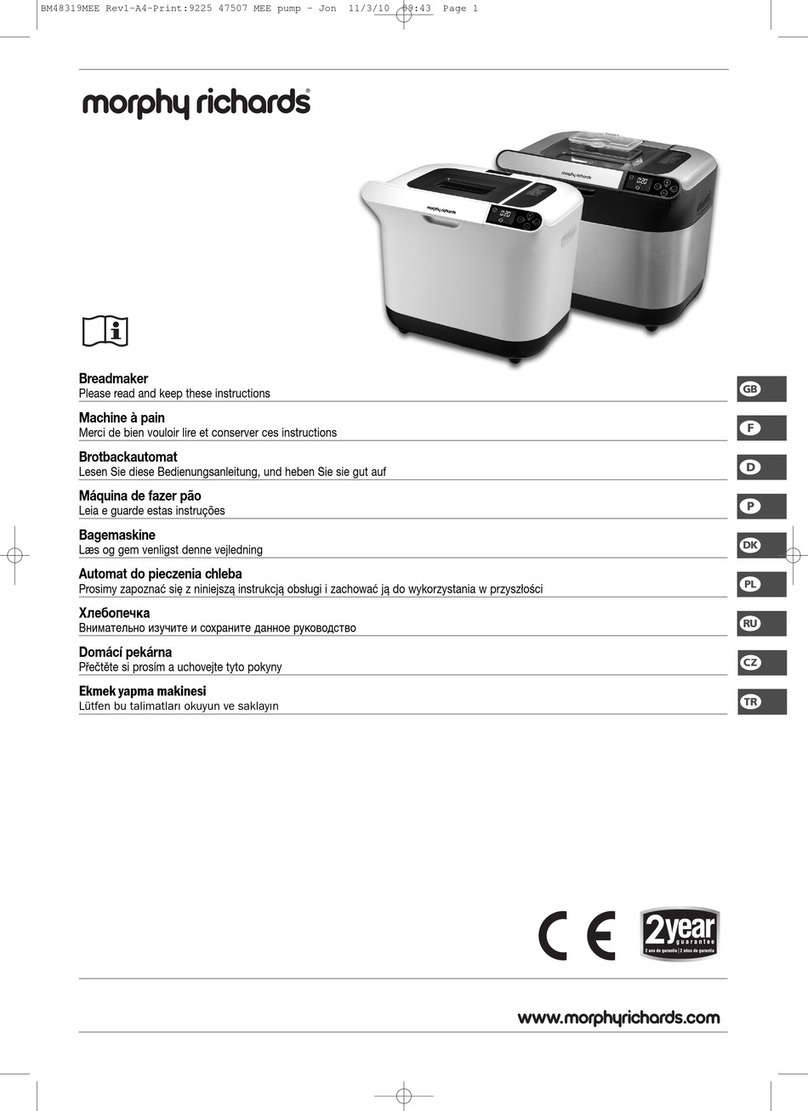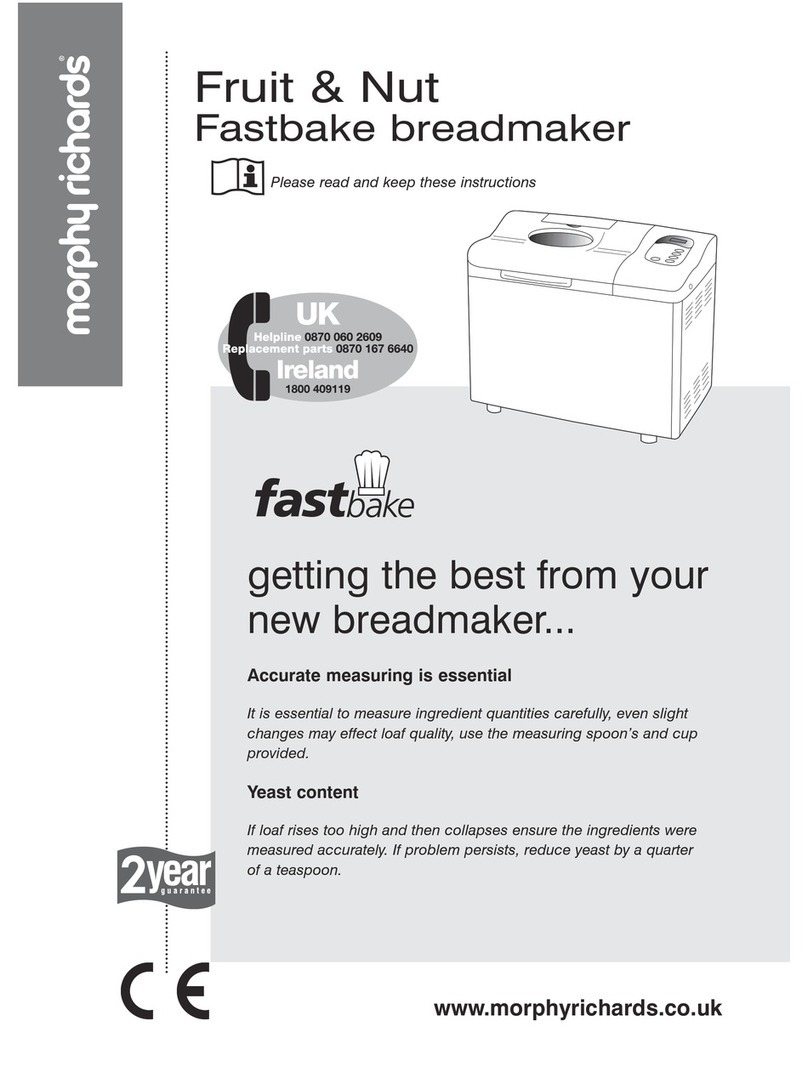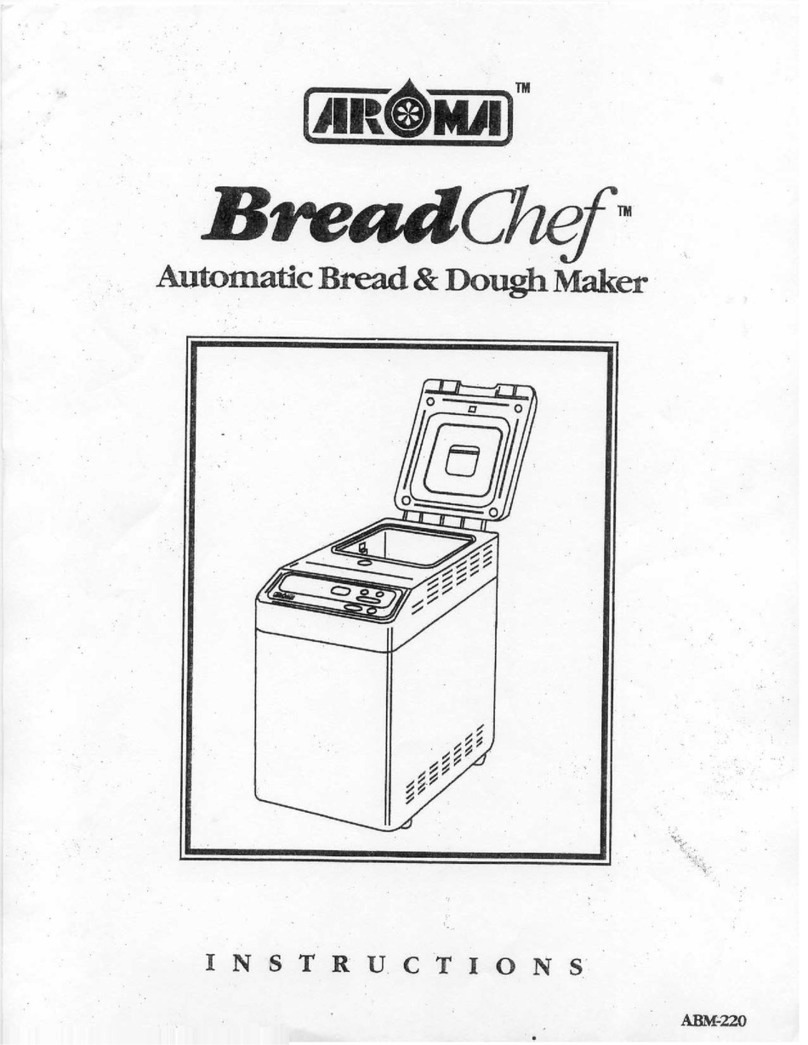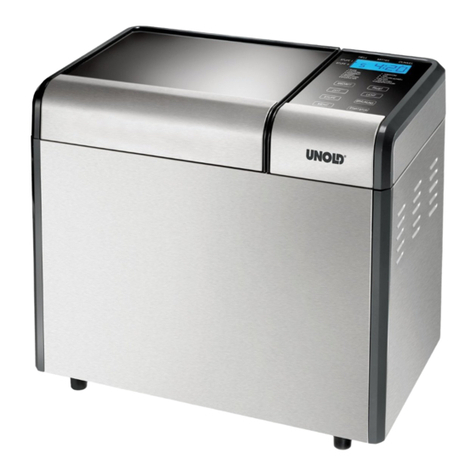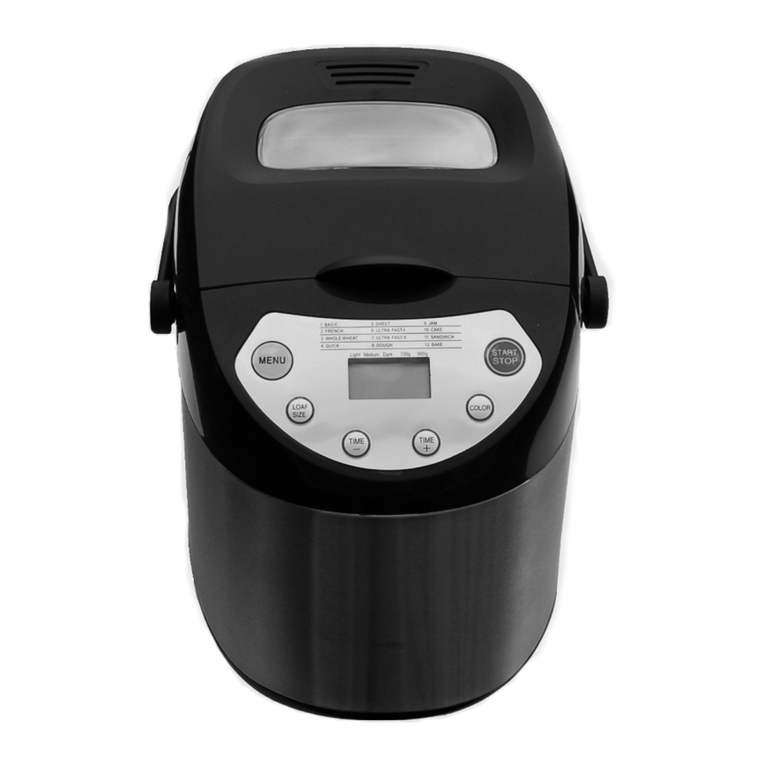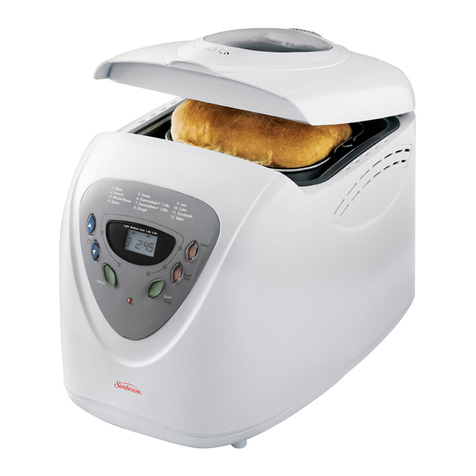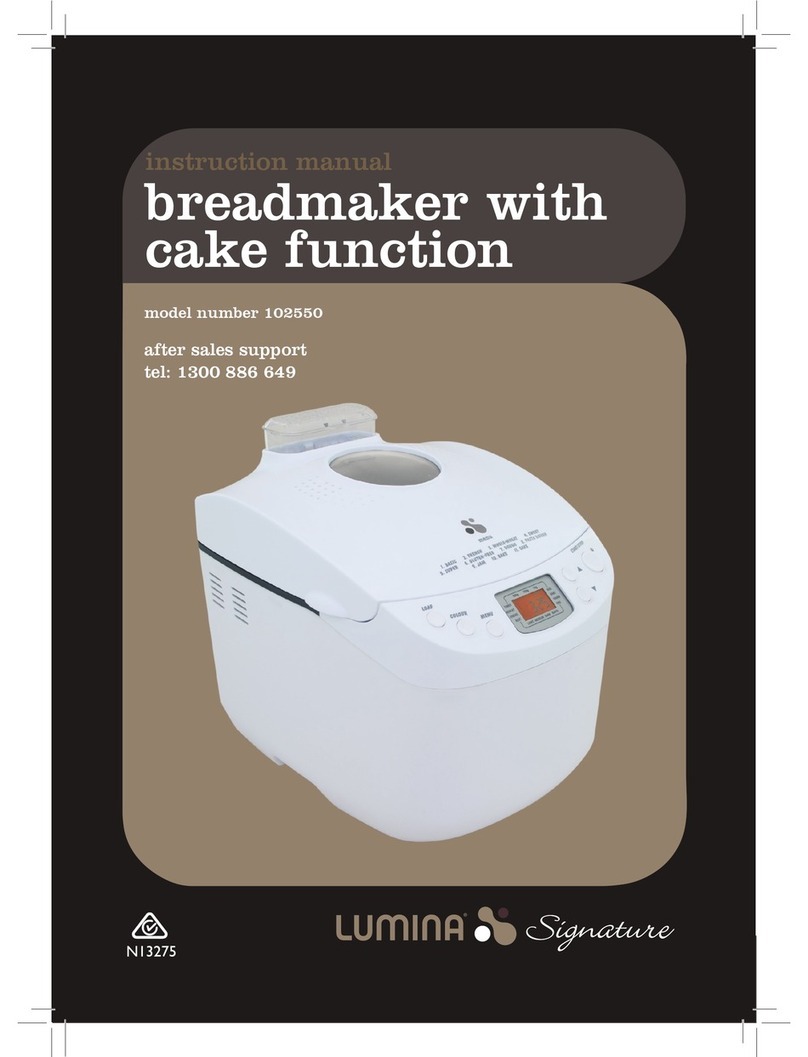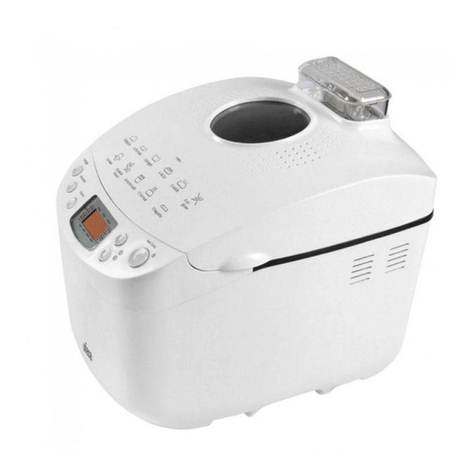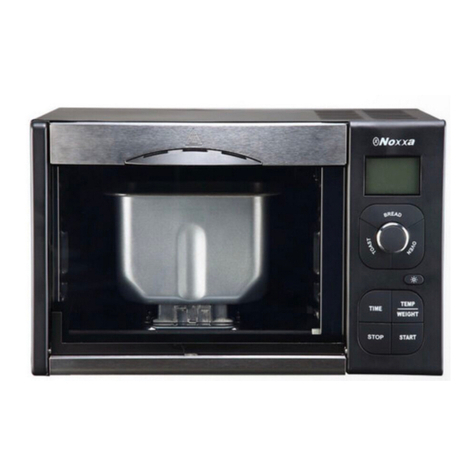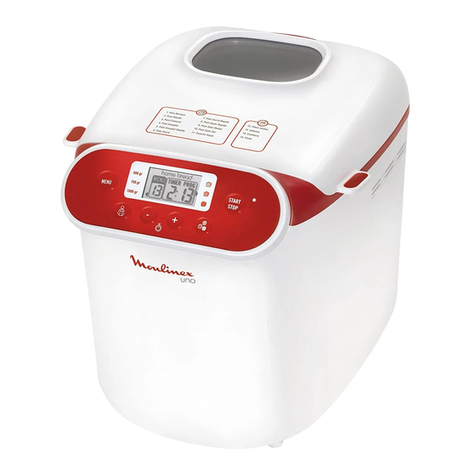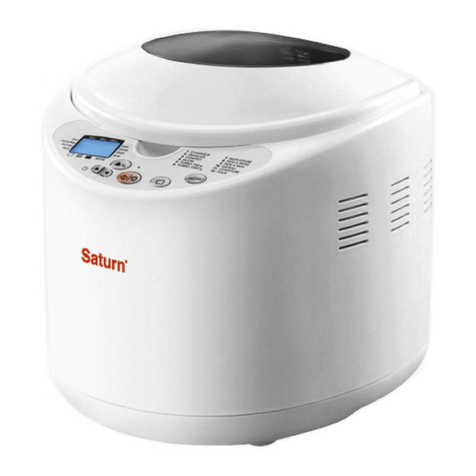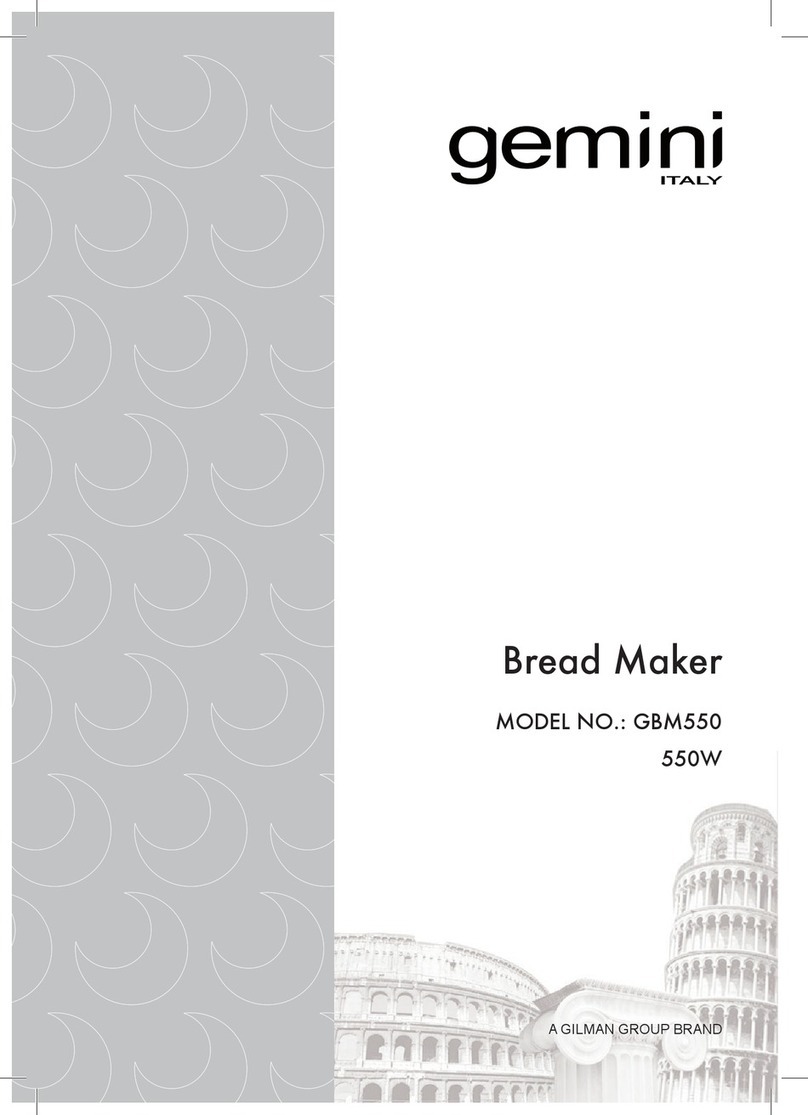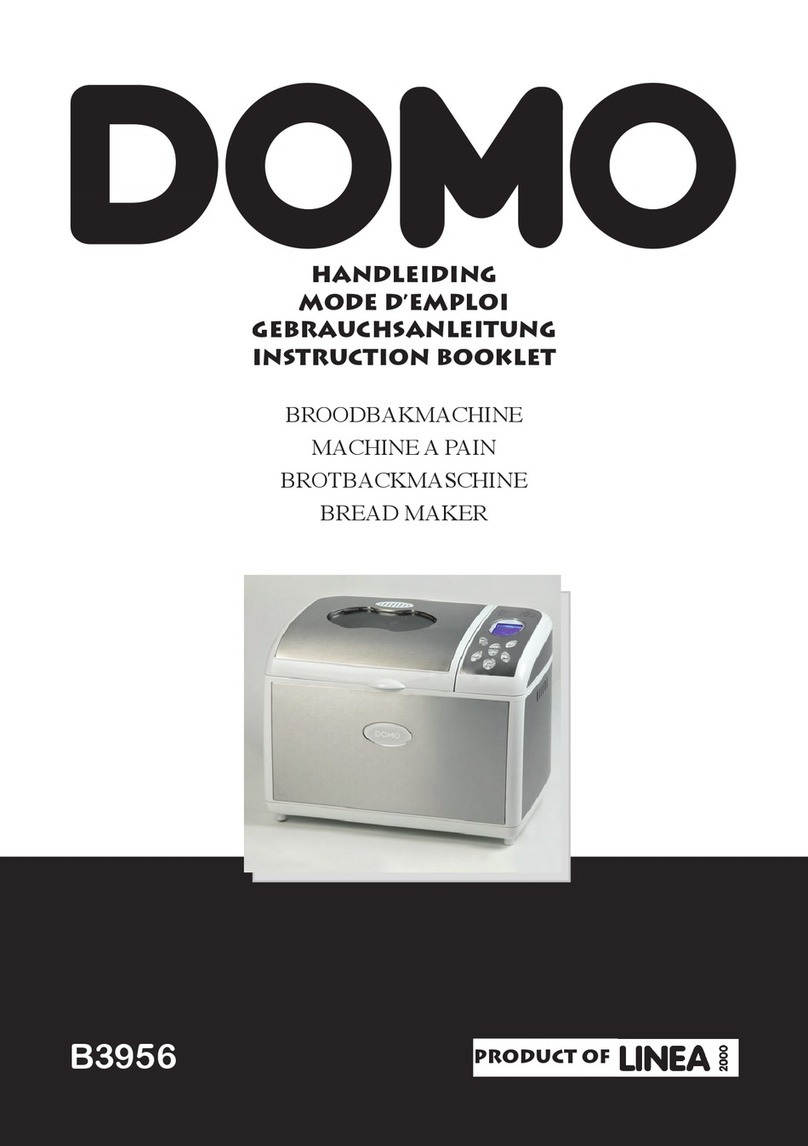GESUNDHEIT & SICHERHEIT
Für die Benutzung elektrischer aushaltsgeräte sind folgende Grundregeln gesunden Menschenverstandes zur Wahrung der Sicherheit einzuhalten.
esen Sie bitte die Bedienungsanleitung vor der Verwendung des Produkts aufmerksam durch.
• Dieses Gerät kann von Kindern über 8 Jahren, von Personen, deren körperliche oder geistige
Unversehrtheit oder deren Wahrnehmungsfähigkeit eingeschränkt ist, sowie von Personen mit
mangelnden Kenntnissen oder Erfahrung benutzt werden. Dies gilt nur unter der
Voraussetzung, dass sie beaufsichtigt werden oder dass sie eine Einweisung in die sichere
Nutzung des Geräts erhalten haben und der damit verbundenen Gefahren bewusst sind.
Kinder dürfen mit dem Gerät nicht spielen. Das Gerät darf von Kindern nur dann gereinigt
und gepflegt werden, wenn diese älter als 8 Jahre sind und beaufsichtigt werden.
• Bewahren Sie das Gerät und das dazugehörige Netzkabel nicht in Reichweite von Kindern
unter 8 Jahren auf.
• Dieses Gerät ist für die Verwendung im aushalt und ähnliche Anwendungen vorgesehen, z.
B.: Bauernhöfe, von Kunden in otels, Motels oder anderen wohnungsähnlichen
Räumlichkeiten, Pensionen und vergleichbaren Unterbringungsmöglichkeiten. Es eignet sich
nicht für Personalküchenbereiche in Geschäften, Büros und anderen Arbeitsumgebungen.
• Ist das Netzkabel beschädigt, muss es vom ersteller, dessen Kundendienst oder einer
vergleichbar qualifizierten Fachkraft ersetzt werden, um Gefahren zu vermeiden.
• Dieses Gerät ist nicht für den Betrieb über eine externe
Zeitschaltvorrichtung oder eine separate Fernsteuerung vorgesehen.
• Die in den Rezepten angegebene Maximalmenge an Mehl oder ebemitteln nicht
überschreiten (anbei).
d
4
Außerdem enthält der Text folgende Sicherheitshinweise.
Aufstellungsort
• Das Gerät stets weit entfernt von der Kante einer Arbeitsplatte aufstellen.
• Das Gerät auf einer fest stehenden, flachen Oberfläche benutzen.
• Das Gerät darf nicht im Freien oder in der Nähe von Wasser benutzt werden.
• Das Gerät nicht auf oder dicht neben Wärmequellen aufstellen, wie z. B. Gas- oder Elektroherde
oder erdplatten.
Netzkabel
• Das Netzkabel muss spannungsfrei von der Steckdose bis zum Unterteil des Geräts verlegt sein.
• Das Netzkabel nicht über die Kante einer Arbeitsplatte herabhängen lassen. Ein Kind könnte daran
ziehen.
• Das Kabel nicht über eine offene Fläche verlegen, z. B. zwischen einer tief angebrachten Steckdose
und einem Tisch.
• Das Netzkabel nicht über eine warme erdplatte, einen Toaster oder andere heiße Flächen verlegen,
da das Kabel sonst beschädigt werden kann.
Eigene Sicherheit
• WARNHINWEIS: Zum Schutz vor Feuer, elektrischen Schlägen und vor Verletzungen weder
das Kabel, noch den Stecker oder das Gerät in Wasser oder andere Flüssigkeiten tauchen.
• WARNUNG: Heiße Flächen nicht berühren. Benutzen Sie Ofenfäustlinge oder -handschuhe,
um den Behälter mit dem warmen Brot herauszunehmen. Die Belüftungsöffnungen dürfen
unter keinen Umständen abgedeckt oder blockiert werden.
• WARNUNG: Berühren Sie keine beweglichen Teile.
• Beim Transportieren von Geräten mit heißem Inhalt sehr vorsichtig vorgehen.
• Benutzen Sie das Gerät nicht mit feuchten oder nassen änden.
Behandlung von Verbrennungen
• Verbrennungen unverzüglich mit kaltem Wasser kühlen. Mit dem Kühlen der Wunde auch beim
Ausziehen von Kleidungsstücken nicht aufhören und rasch einen Arzt rufen.
Weitere Anmerkungen zur Sicherheit
• Der Einsatz von Zubehörein- oder -aufsätzen, die vom ersteller nicht empfohlen werden, können
zu Schäden am Brotbackautomaten führen.
• Um Schäden am Gerät zu vermeiden, darf weder der Backbehälter noch ein anderer Gegenstand
auf dem Gerät abgestellt werden.
• Nicht mit Scheuerschwämmen reinigen. Backbehälter, Kneteisen, Messbecher und Löffel nicht in
der Spülmaschine waschen.
• Das Gerät und das Kabel vor Wärme, direkter Sonnenbestrahlung, Feuchtigkeit, scharfen Kanten
und ähnlichen Gefahrenquellen fernhalten.
• Vor dem Einschalten des Geräts muss der Backbehälter eingesetzt sein.
• Immer den Stecker aus der Steckdose ziehen, wenn das Gerät nicht benutzt wird, wenn
Zubehörteile angebracht werden, der Automat gereinigt wird oder falls eine Betriebsstörung auftritt.
Immer am Stecker und nicht am Kabel ziehen.
Elektrischer Anschluss
Prüfen Sie, ob die auf dem Typenschild angegebene Spannung mit der Spannung in Ihrem aushalt
übereinstimmt; es muss eine Wechselspannung (abgekürzt AC) sein.
Falls die Sicherung in dem Sicherungshalter ausgetauscht werden muss, ist eine Sicherung mit 13 A
gemäß BS1362 zu verwenden.
WARNUNG: DIESES GERÄT MUSS GEERDET WERDEN.
